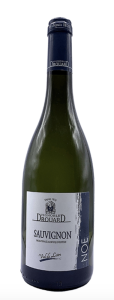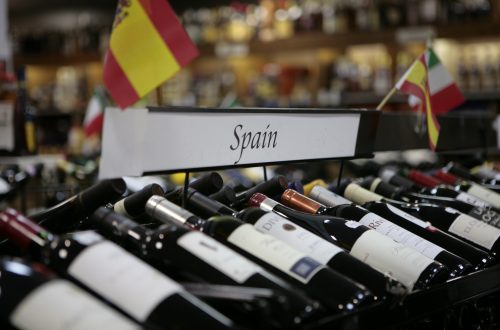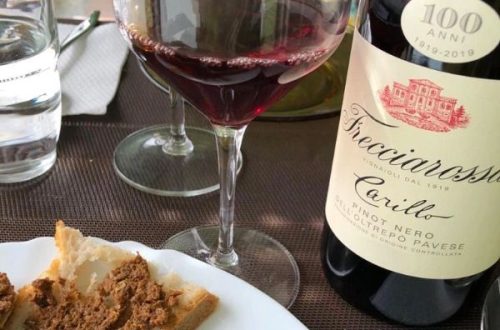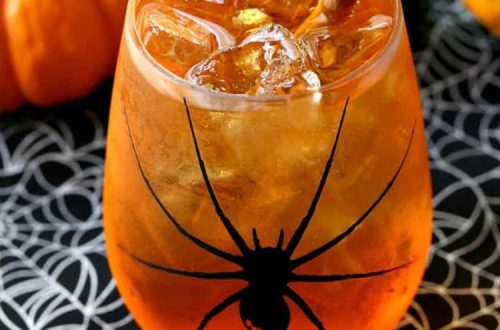Uncorking Curiosity: 10 Commonly Asked Questions about Wine
As a budding wine enthusiast, you may know a little about the wine production process. Although you may be able to distinguish between rosé and white wine, the wine world is full of wonders about textures, ingredients, flavours, and wine quality. On your wine appreciation journey, you might want to discover even more about your favourite refreshing beverages.
Are you curious to discover more about wine? Discover the answers to 10 commonly asked questions about wine in this article to satisfy your curiosity.
Why Should You Learn About Wine?
Learning about wine can enhance your appreciation of wine flavours and dining experience with the right pairings. Knowledge of the grape varieties and aging processes will help you know more about the flavour profiles when choosing wine with food.
Wine knowledge is also an excellent conversation starter, helping you share your passion with friends and family. In any social event where your host serves wine, you will be able to connect with others who share your interest in wine.
Top 10 Questions About Wine
If you are new to the wine sampling process, know nothing about types of wine, or need more information about wine production, the key facts you need to know are below. Begin your wine appreciation journey confidently with these 10 common wine questions and answers.
1. What Are the Main Types of Wine?
Some main types of wine available include red, white, rosé, sparkling, and ice wines. Here are more facts about each of these wine types:
- Red wine: Winemakers make red wines from grape varieties such as Merlot, Cabernet Sauvignon, and Pinot Noir. During the maceration process, they leave the skins on the grapes, which gives the wine its colour.
- White wine: Winemakers create white wine from grapes such as Chenin Blanc, Sauvignon Blanc, and Pinot Gris. They ferment this wine after removing the skin from the grapes.
- Rosé wines: Rosé wines contain similar red grape varieties to red wines, such as Pinot Noir, but winemakers separate the skin earlier in the production process. This method makes the wine lighter in colour than red wine.
- Sparkling wines: Some common sparkling wines include white and rosé. Winemakers complete a double fermentation process and add carbon dioxide to this wine. They compress the gas during the bottling process.
- Ice wines: Ice wines or dessert wines begin as frozen grapes. During production, the sugars in the grapes remain unfrozen, giving the wine an incredibly sweet taste. The Niagara Peninsula, Canada, is the world’s largest producer of ice wine.
2. What is Orange Wine and which Countries Produce it?
Orange wine is a wine created from white grapes that ferment from anywhere between 24 hours and a few months. It includes the skins, seeds, and stems and contains tannins and textures similar to red wines. This wine has a similar flavour to white wine, tasting fruity and fresh, with hints of dried fruits. Its name reflects its distinct amber hue. An example of orange wine is our Skin Fermented White ‘Orange Wine’, offering a fruity flavour and light body.
Countries such as France, Germany, Croatia, New Zealand, and Australia produce this wine, which is slowly becoming popular worldwide.
3. What Are Some Types of Sparkling Wines and How Do Wine Producers Make Them?
Sparkling wines are wines that include Cava and Prosecco. Winemakers create these wines in Spain and Italy, respectively. Remember that if sparkling wine comes from the Champagne region in France, you should refer to it as “Champagne”.
Wine producers make sparkling wines with a double fermentation, once in the barrel and again after adding yeast.
4. Should You Drink Red Wines at Room Temperature?
Traditionally, wine drinkers enjoyed red wines at room temperature, which was once between 50 and 60 Fahrenheit when central heating did not exist. Our Wine Online experts suggest avoiding drinking red wine at room temperature today. You can best enjoy red wines at a temperature slightly lower and should consider serving them at between 55 and 60 Fahrenheit.
5. What Are Tannins?
Tannins are chemical compounds that occur and develop when wine grapes grow in vineyards. They come from the skin, seeds, and stems of the grapes. However, some tannins come from the oak barrels during the wine aging. Tannins may be responsible for the dry texture if your red wine, like Pinot Noir, is dry.
6. How Long Can You Keep an Opened Bottle of Wine?
If you use the correct wine seal, you can keep an opened bottle of wine for up to five days. To keep an opened bottle of wine, reseal it with a cork, wine stopper, or cap.
Wines with high amounts of tannins may last longer because they protect the wine against oxygenation. However, the flavour profiles may depend on the level of tannins, which can break down quickly in light-bodied wines like Pinot Noir.
7. What Are the Main Steps in the Red Winemaking Process?
Five steps of the winemaking process include grape harvesting, crushing, fermentation, clarification, and bottling. Harvesting involves gathering the grapes from vineyards. Winemakers crush the grapes with mechanical crushers and leave the wine to ferment with added yeast or the naturally occurring yeast in the juice.
After fermentation, winemakers remove the insoluble substances and solids from the barrel during clarification. They then let the wine age or mature as an optional process and put it into bottles.
8. How Should You Hold a Wine Glass During a Wine Tasting?
To hold a glass during a wine tasting, use your thumb, middle, and index fingers to grasp it. You should rest your other fingers on the base of the glass. The advantage of holding a wine glass this way is that it prevents any change in the temperature of the wine when you sample it.
9. Where and How Should You Store Unopened Red and White Wines?
The ideal location to store unopened red and white wines is in a cool, dark place like a cellar. These conditions are ideal because they prevent heat and UV rays from tarnishing the wine’s aromas and flavours.
Our experts recommend storing the bottles of wine on their side. This method will keep the cork moist and prevent oxygen from entering them, which prevents the aromas and flavour profiles from altering.
10. What Are Some Examples of Common White Wines?
Some examples of common white wines include Chardonnay, Sémillon, Reisling, and Sauvignon Blanc. Chardonnay is the most popular white wine globally, offering a fruity finish and refreshing zingy flavour notes. Sauvignon Blanc is also a popular white wine, offering lime, white peach and green apple flavours.
If you are just beginning your white wine-tasting journey, we recommend Chardonnay and Sauvignon Blanc, such as our 2022 Sauvignon Blanc Val De Loire. It offers flavours such as citrus and passion fruits, pairing perfectly with scallops.

If you are searching for less conventional white wine types, consider Bordeaux Blanc or Australian Riesling varieties. These wines may be unfamiliar to your tastebuds but will help you explore beyond common, classic options.
Discover More about Excellent Wine and Buy High-Quality Bottles at Wine Online
With Wine Online, you can discover more about the flavour profiles, production process, and pairings of truly great wine. As Canada’s best wine retailer, we also make it our main priority to bring you the best quality in each bottle. You can browse our online store for the best wines and find their characteristics to make your choice easier and extend your knowledge beyond the answers to these common wine questions.
Choose Wine Online for free shipping on orders of over $179 and when you buy crates of quality wines. Receive it directly at your door and enjoy the delicious flavours to continue your wine appreciation journey.






